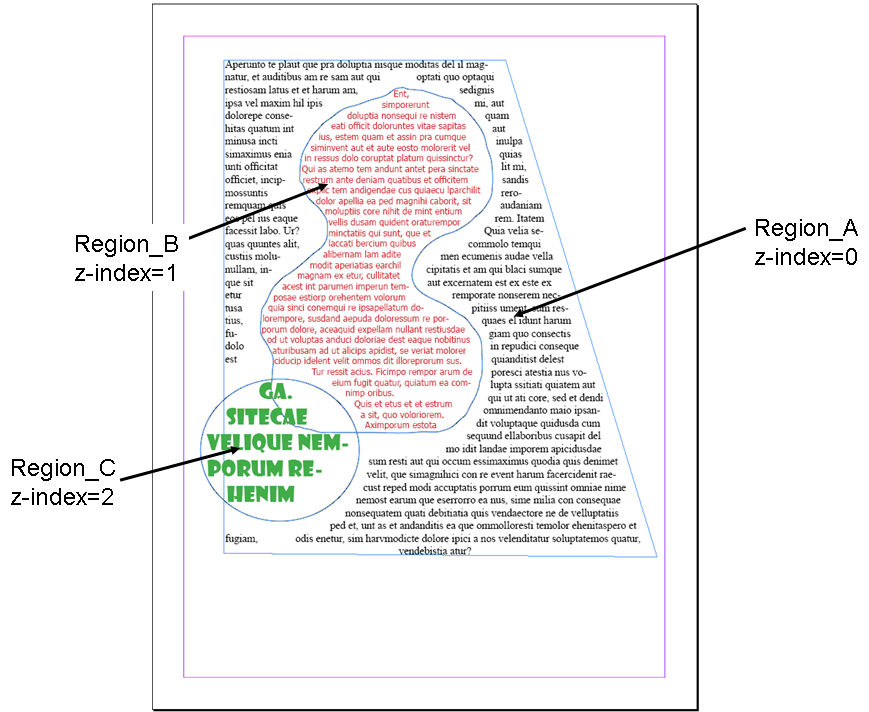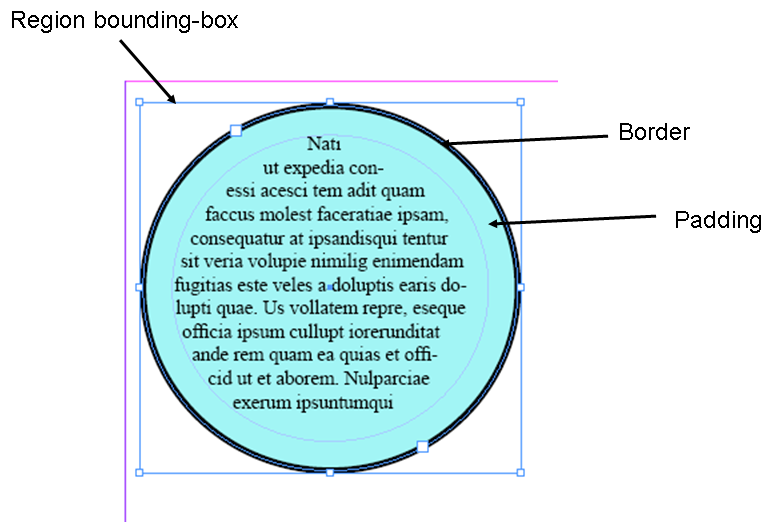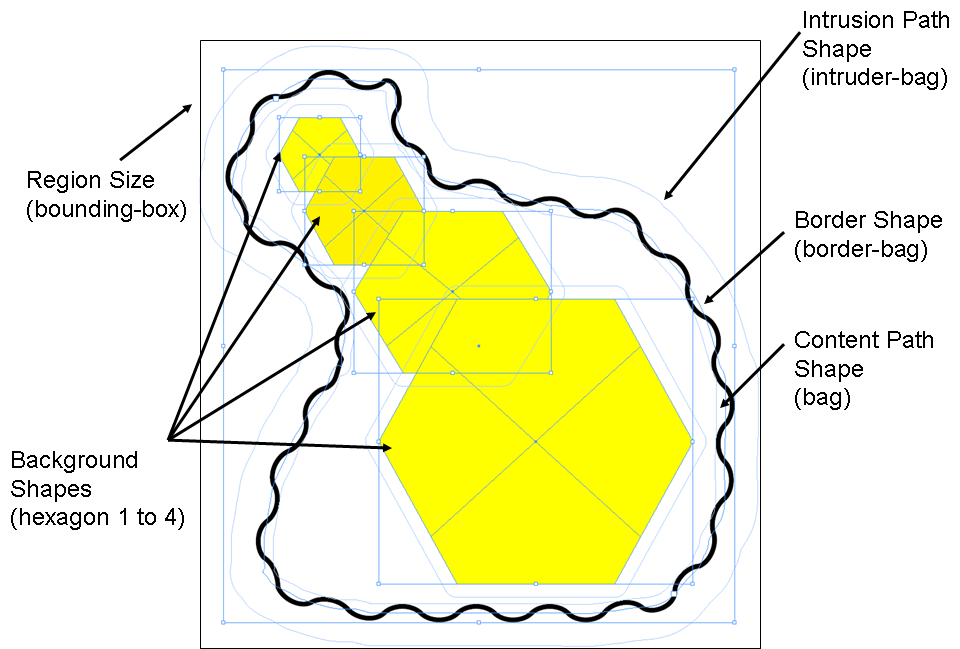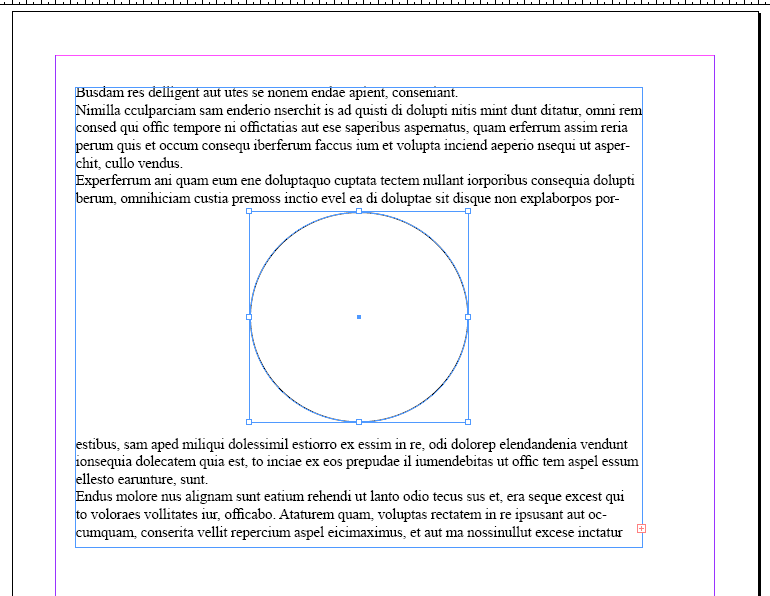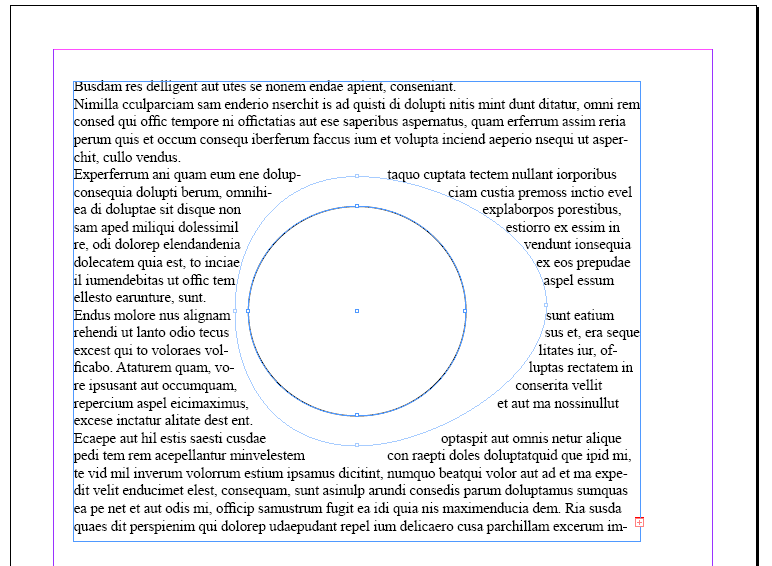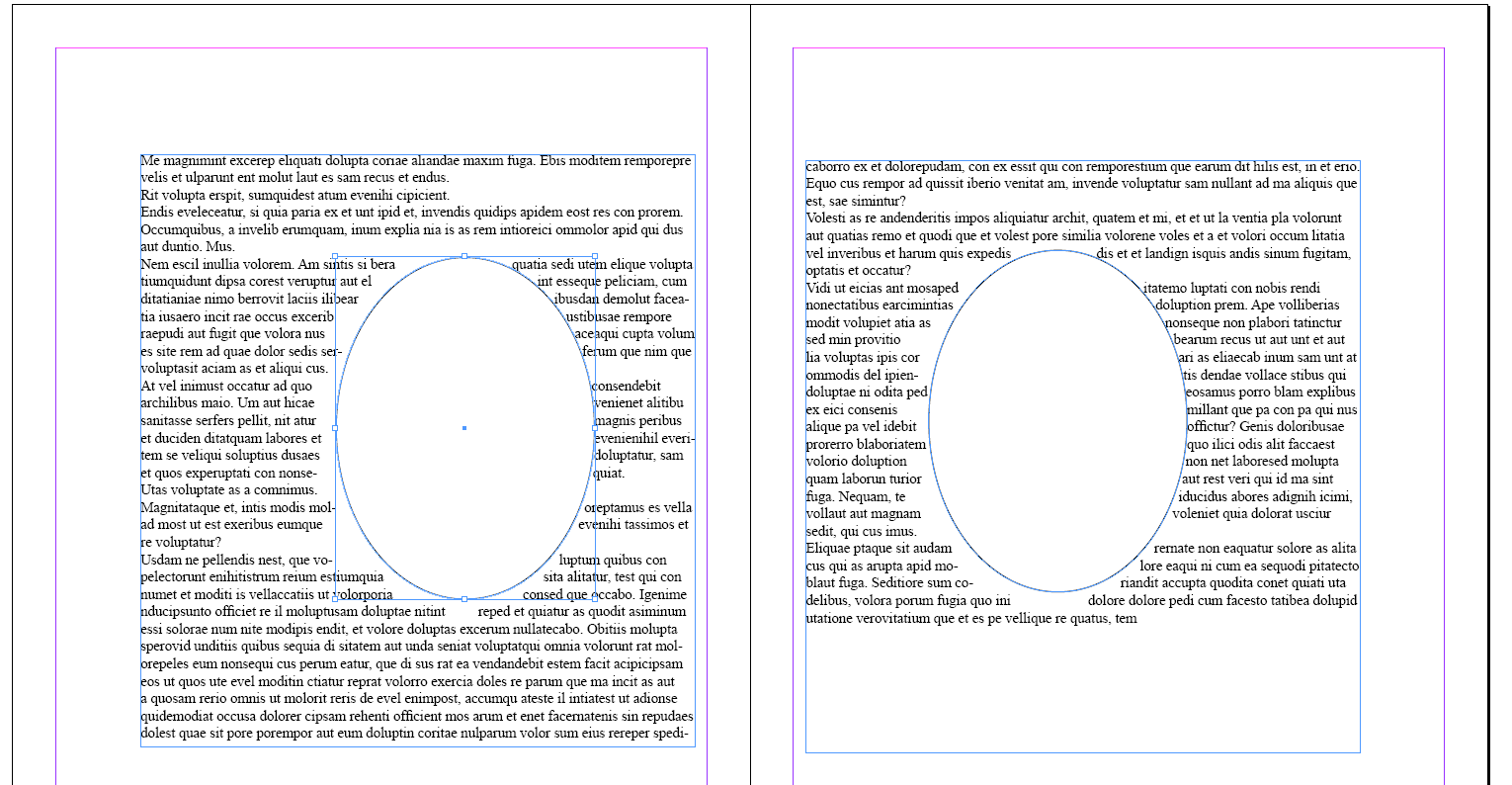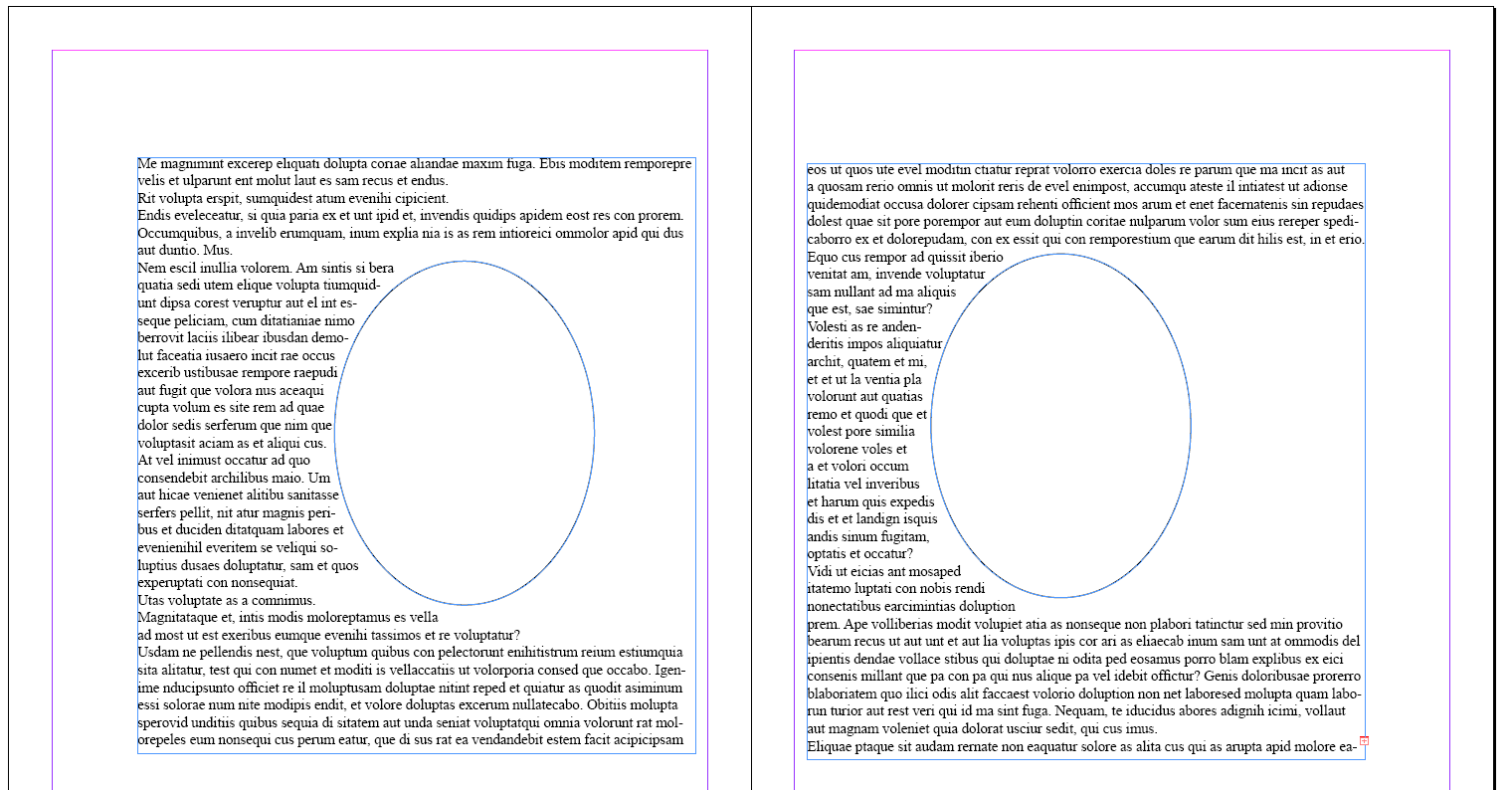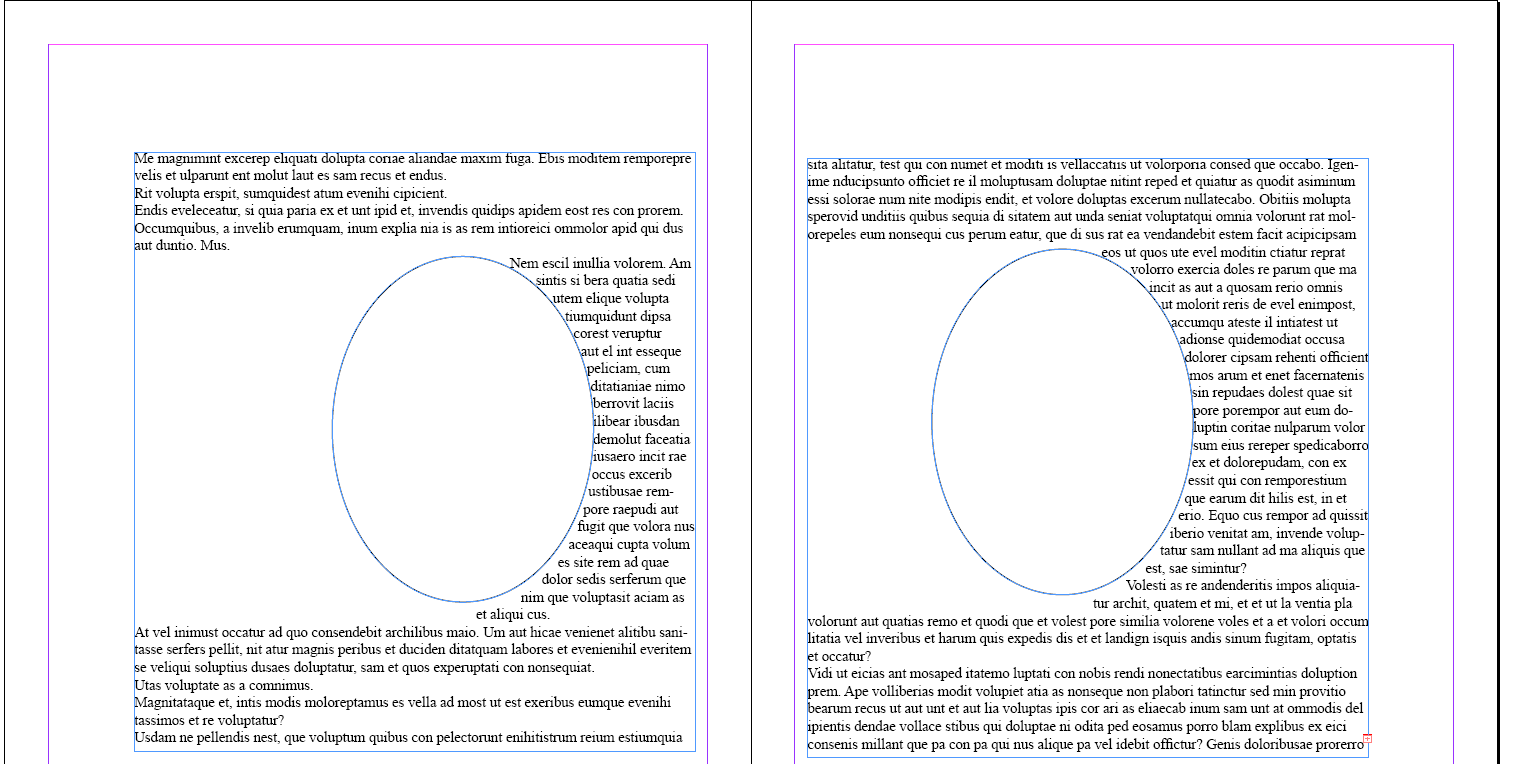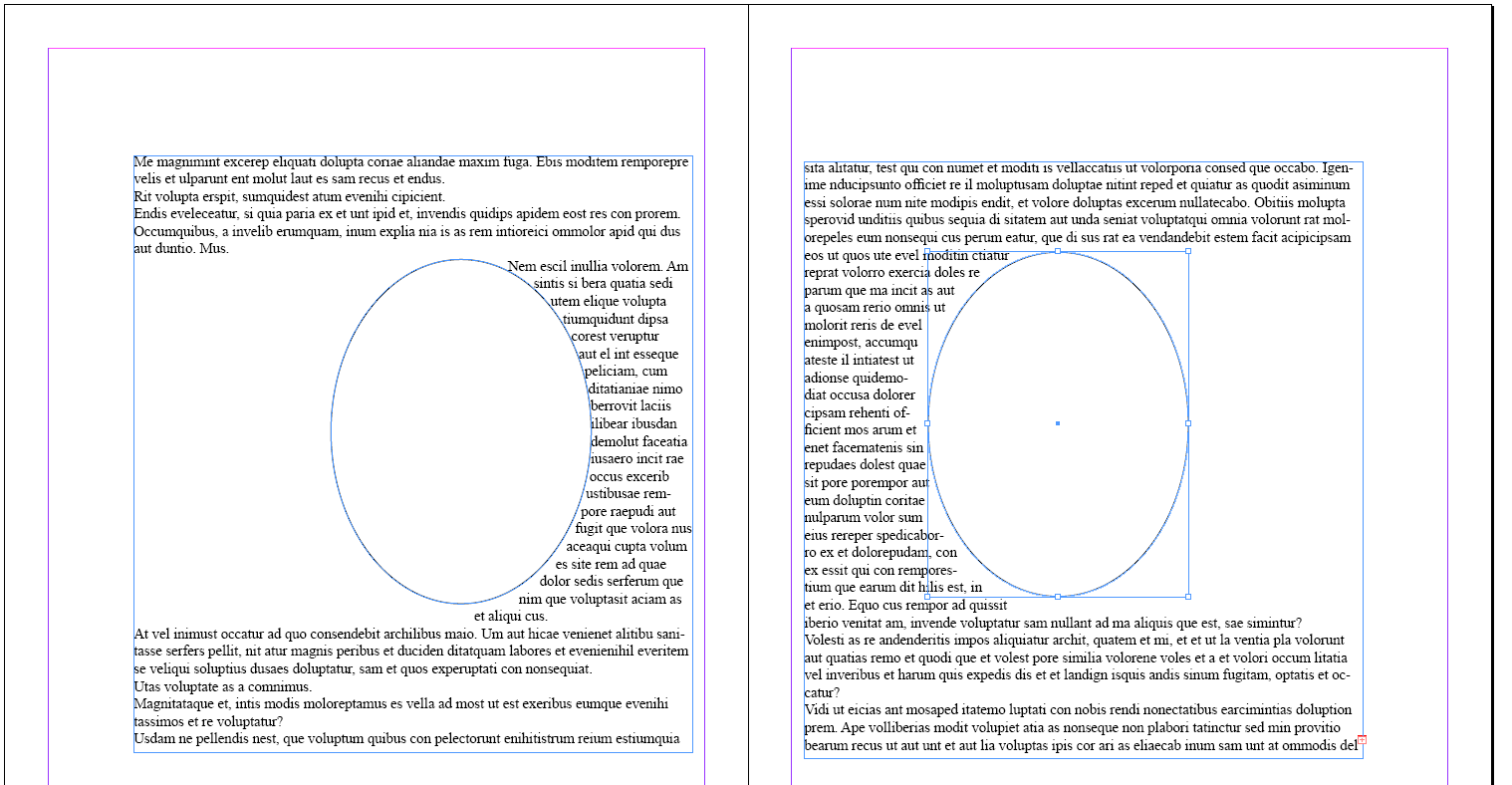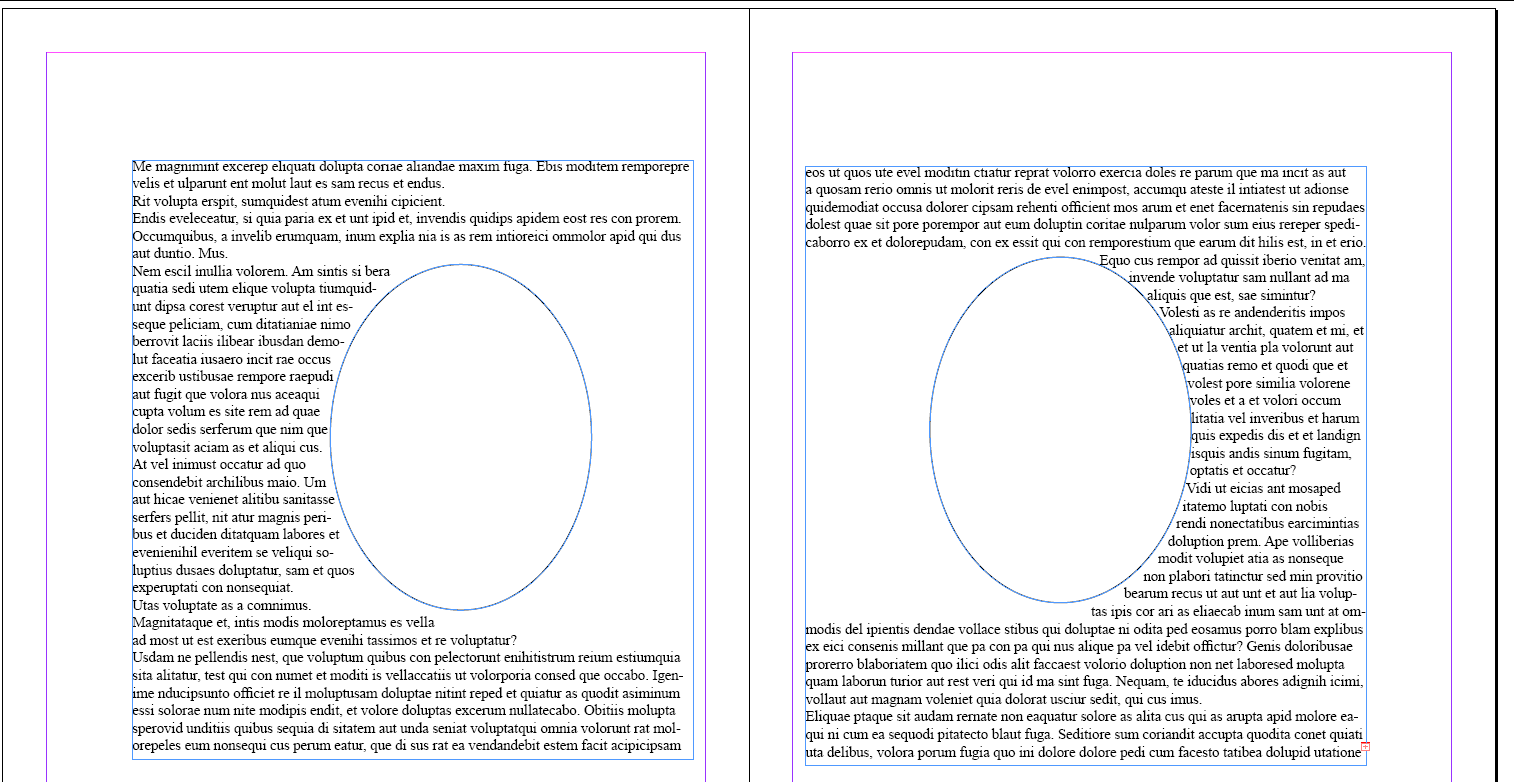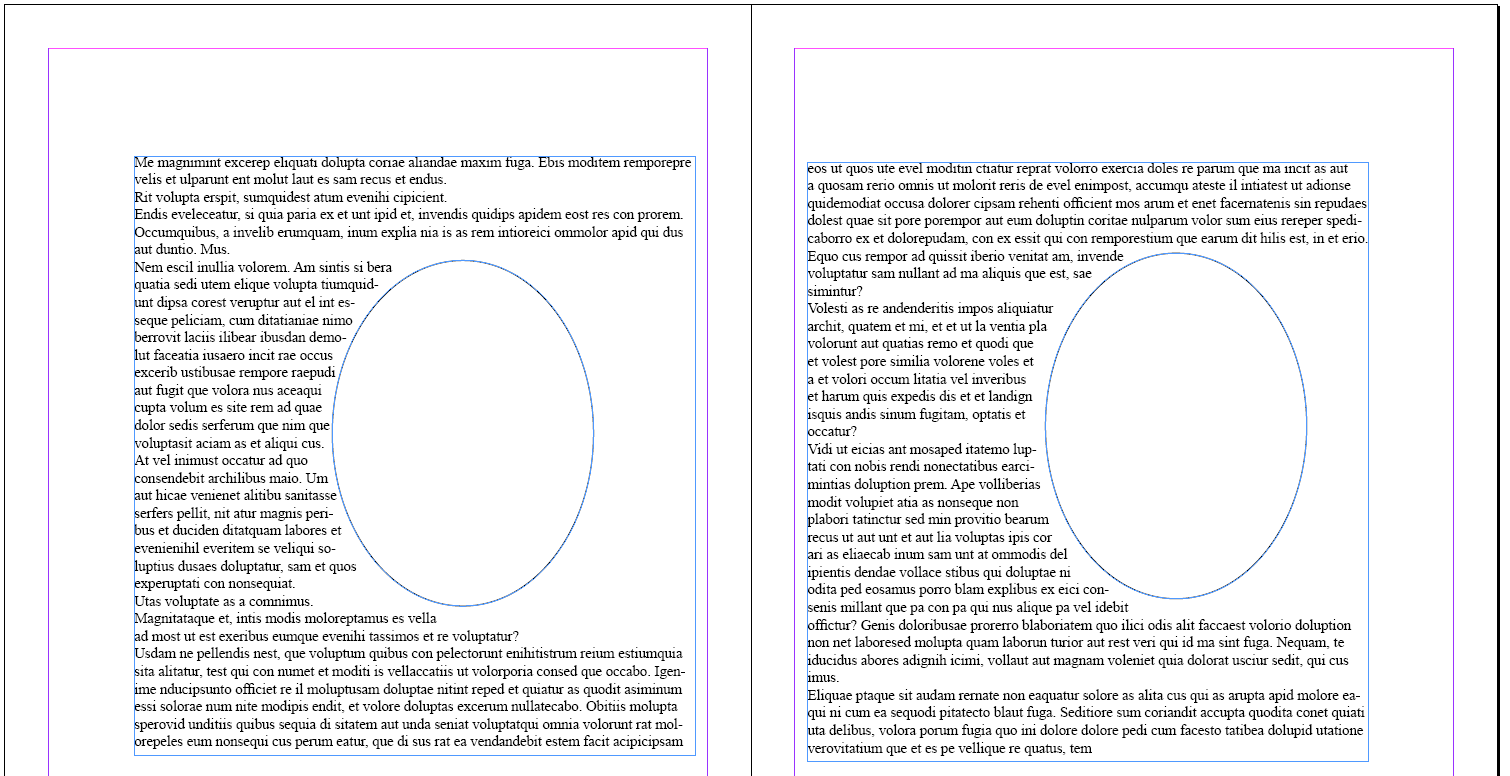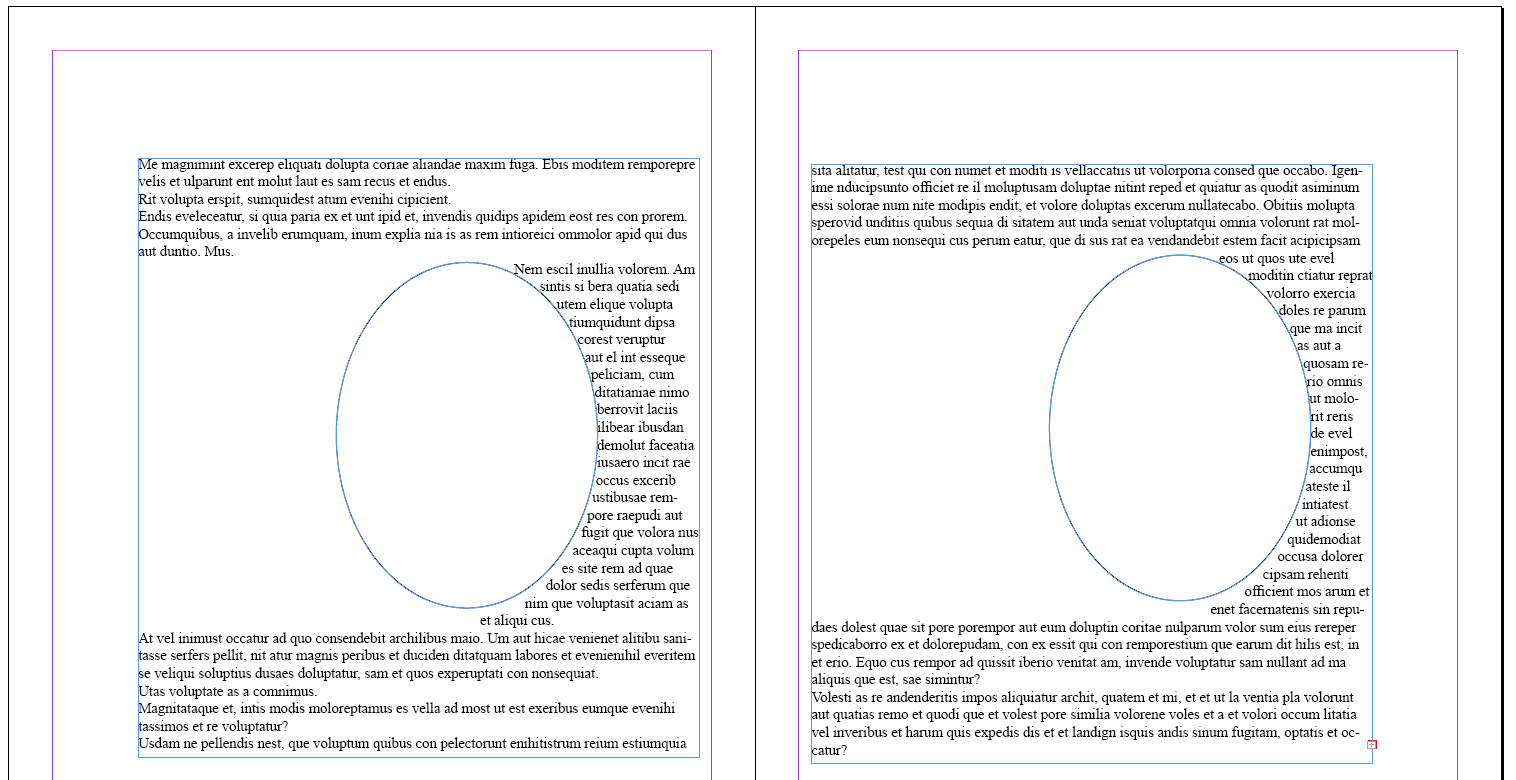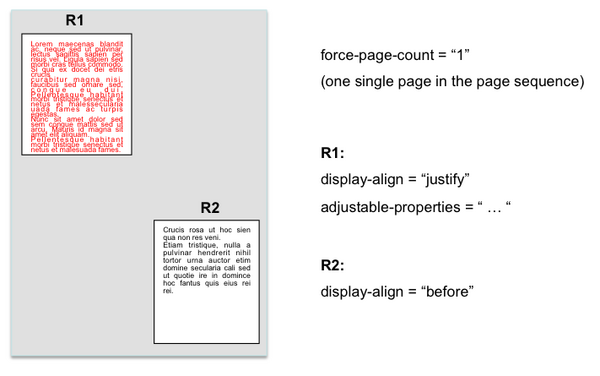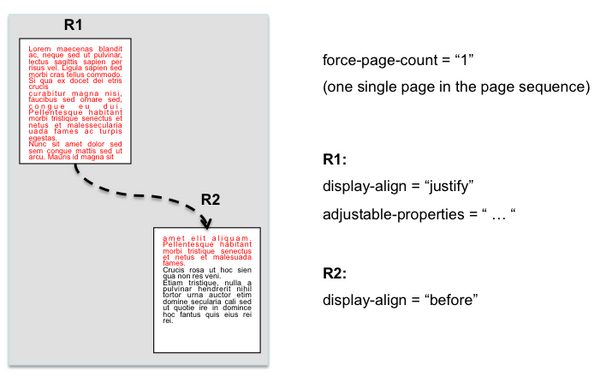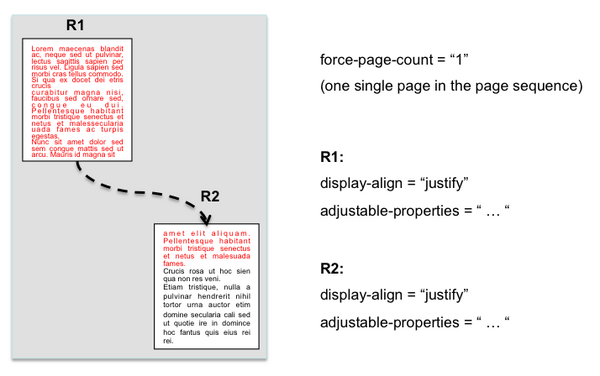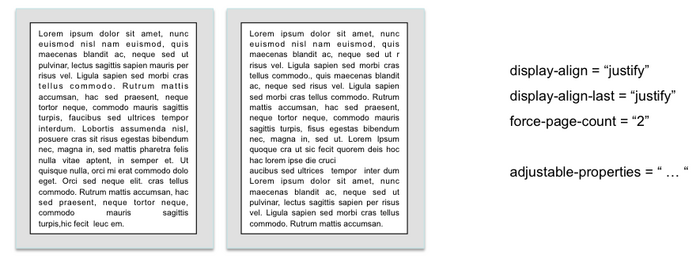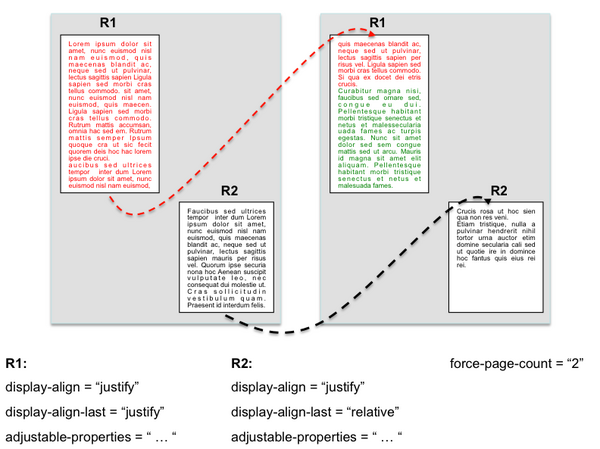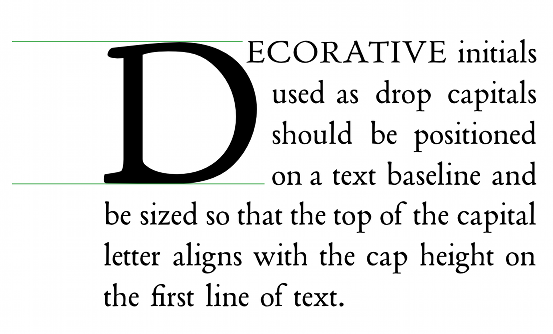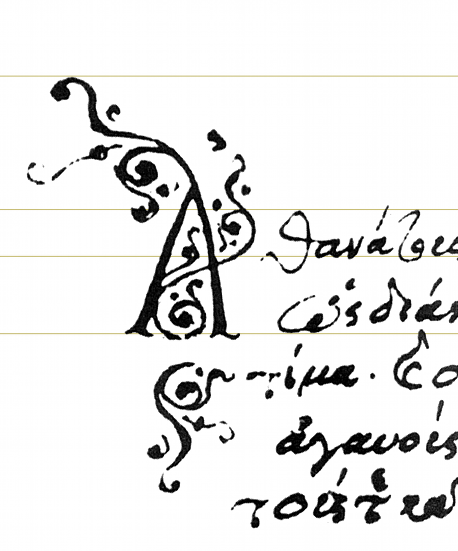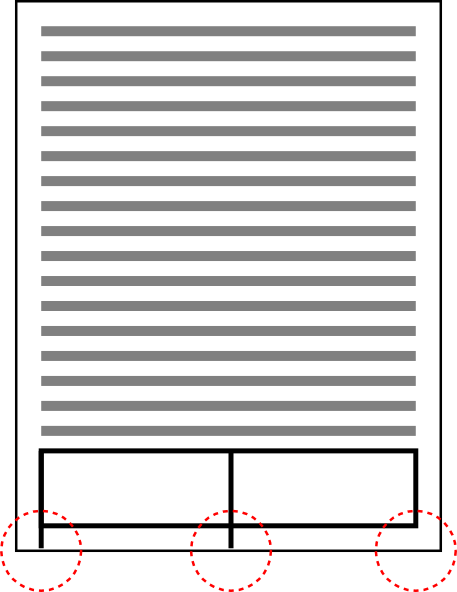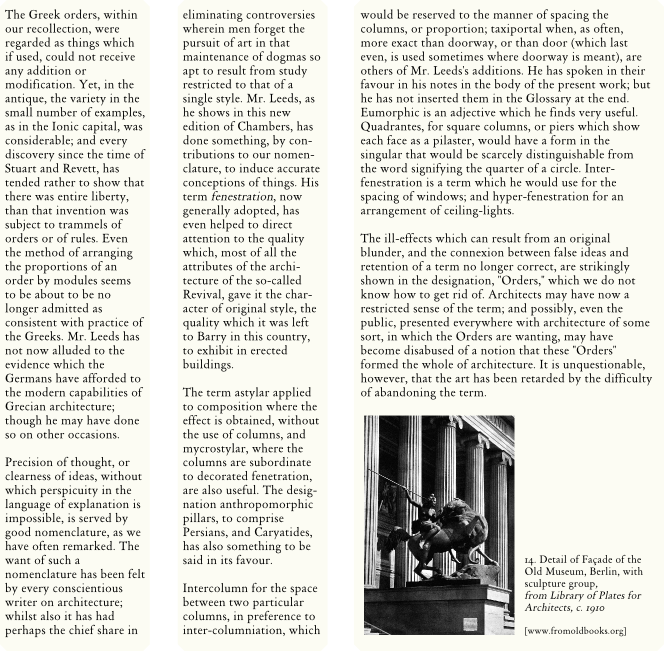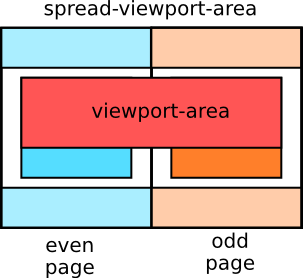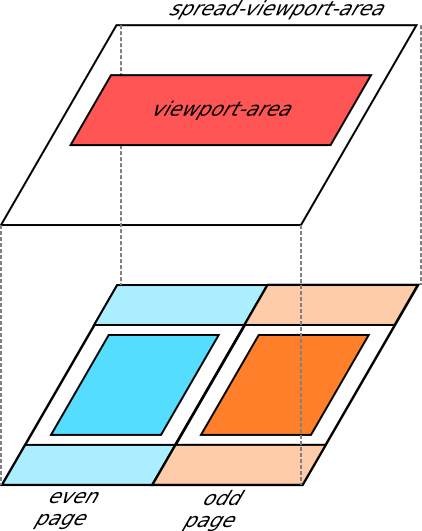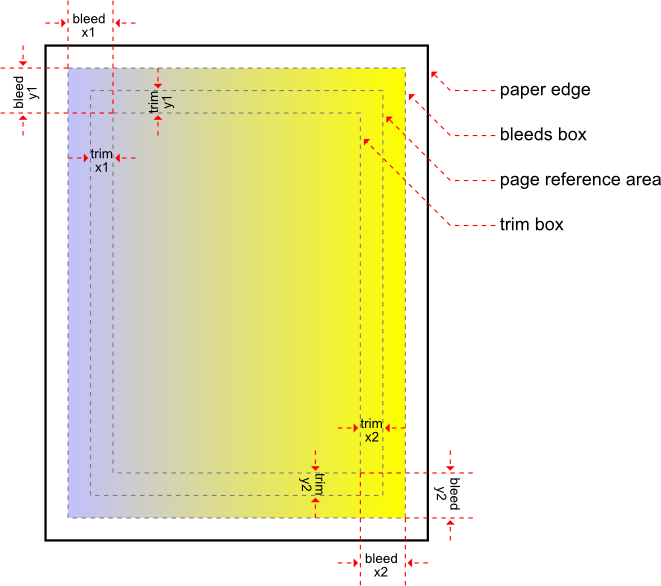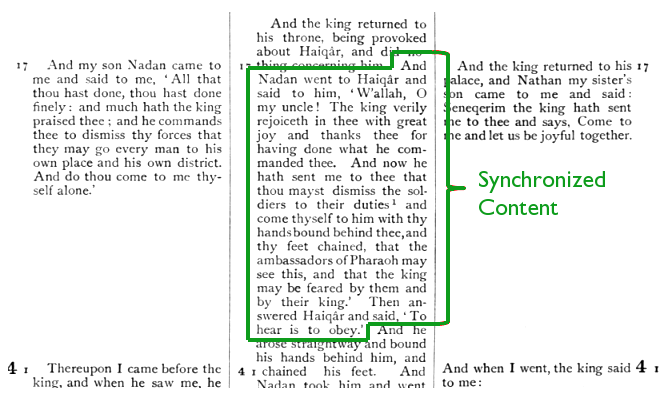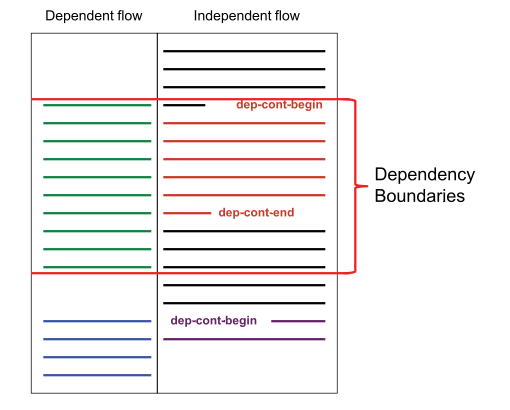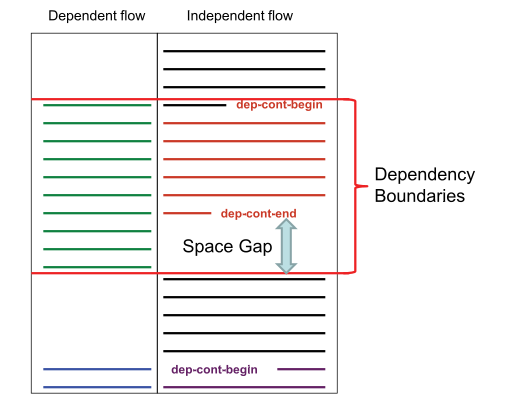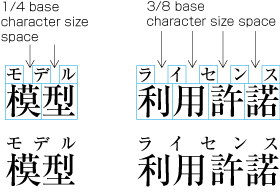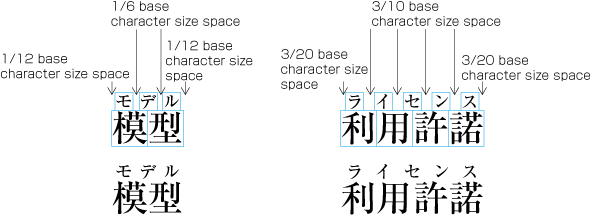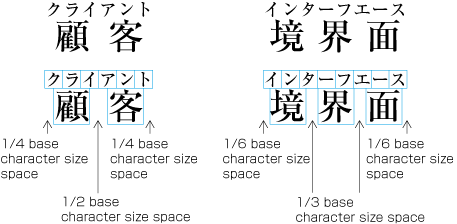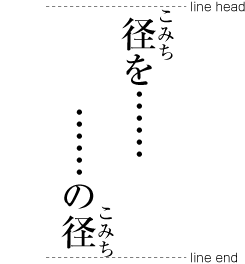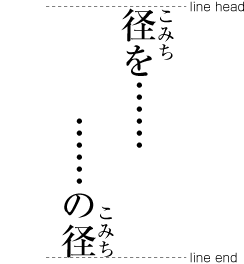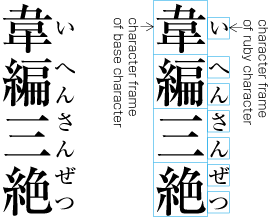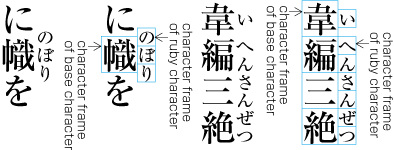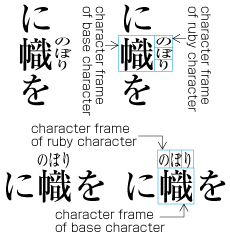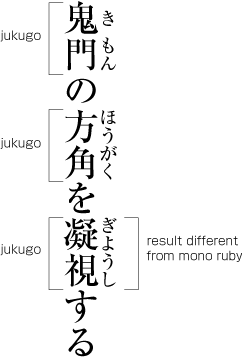The following properties are defined in this document,
or were defined in XSL-FO 1.1 and are modified here.
- adjustable-properties
The adjustable-properties
property is used to define strategies for copyfitting or vertical justification.
It takes effect only if the property
display-align
is set to "copyfit" or "justify".
- background-color
- bleed-box
The bleed-box property defines the size and position of a notional
rectangle around the
page in which ink might appear: an implementation should not normally
render any content outside the bleed box, although it is not an error
conition if content is placed there.
The primary purpose of the bleed box is so that when a trimming machine cuts
the printed page to size, graphics or other content can go all the way to
the edge of the page, by virtue of being printed slightly beyond the
place where the blade cuts. Hence, the trim box, whose size and
position is specified by the trim-box property, is usually inside the bleed-box.
- block-unit
When this property is set and non-zero,
the block dimension of each generated area must be rounded up to the
nearest multiple of the property value.
- color
- column-count
The column-count
property specifies
the number of columns in the region, block-container.
- country
- decimal-format
The decimal-format
property indicates the name of the fo:decimal-format element that defines the format of a decimal number:
decimal values in the generated fo:number sequence eill be formatted using the properties from
the named deciaml-format element.
- dependency-content-end
The dependency-content-start
is set on an element to mark the end of a region in one
flow that is to be synchronized with a similarly-named region in
another flow.
- dependency-content-stacking-strategy
The dependency-content-stacking-strategy property controls
how content in a flow is treated when it is between to regions that
are synchronized.
- dependency-content-start
The dependency-content-start
is set on an element to mark the start of a region in one
flow to be synchronized with a similarly-named region in
another flow.
- display-align
This property specifies the alignment,
in the block-direction, of the areas that are the children of a reference-area.
- display-align-last
This property specifies in the
block-direction, of the areas that are the children
of a reference-area. It is used to express the alignment of a
region in the last page or in any page ending with a forced
break.
- display-align-last-column
Specifies how to align
the last column of a multi-column region.
This property specifies the alignment, in the
block-direction, of the areas that are the children
of a reference-area.
- display-position
The display-position
property of an fo:number object determines where the generated
areas will be placed.
- display-when
The display-when
display property is an expression: each number generated by
the fo:number object is displayed only when the
expression given for this property has a true or non-zero value.
- distance
Specifies the distance between the edge of the region-body and
the edge of the extension region to which it applies.
- flow-map-dependency-reference
The given name must exist as the flow-name attribute
of a flow in the same flow-map; the property indicates that
content in the named flow will be extracted and positioned
alongside content in the flow being defined.
- flow-map-dependency-reference
The given name must exist as the flow-name attribute
of a flow in the same flow-map; the property indicates that
content in the named flow will be extracted and positioned
alongside content in the flow being defined.
- font-family
- font-size
- font-style
- font-weight
- format
- format
- grouping-separator
- grouping-size
- hanging-punctuation
This property describes which characters are allowed to hang outside the margins.
- hyphenation-exceptions
This property specifies a
set of hyphenation-exception words to be used by the hyphenation
algorithm.
- hyphenation-permitted-minimum-deficit
This property specifies a length (x) for the hyphenation margin for a block. More precisely, it specifies a limitation on the effect of a "hyphenate" value of "true"; hyphenation may be used in the line-breaking algorithm within a given line-area when otherwise the inline-dimension of the line area would be less than the available width in the inline-dimension by an amount greater than x.
- hyphenation-push-syllable-count
The
"hyphenation-push-syllable-count" property specifies the
minimum number of syllables permitted in a hyphenated word
after the hyphenation character. Formatters must not insert hyphens
during line breaking in places that would result in word fragments
violating this proerty.
- hyphenation-remain-syllable-count
The hyphenation-remain-syllable-count specifies the minimum number
of syllables in a hyphenated word before the hyphenation character.
This is the minimum number of syllables in the word left on the
line ending with the hyphenation character.
- initial-cap-indent
The initial-cap-indent property distance (either as an absolute
value or as a percentage of the actual formatted initial cap
width) by which the initial is indented in the inline
direction.
- initial-cap-kern-lines
The "initial-cap-kern-lines" property indicates the
number of lines of text that should be abutted to the
large inital.
- initial-cap-lines
This property specifies
the number of lines spanned by the initial letter.
- initial-cap-lines-before
The "initial-cap-lines-before" property indicates
that the initial is to be formatted at a size such that it
protrudes in the block-direction to the
given distance or number of lines.
- initial-value
The initial-value
provides an initial value for a fo:number object.
Notice that it’s an expression, and reference could be across a page sequence boundary.
For example, an fo:number level=”line” object in
the second page sequence can set the initial value to be continued for the last page sequence.
- interval
The interval
property on an fo:number object determines the amount
by which the number increses (or decreases) on each occurrence
of the measured unit (lines, blocks, columns, and so forth).
- keep-with-dependent-content
The keep-with-dependent-content
determines how inline content is treated at the boundaries of
synchronized spans of flow.
- language
- last-line-minimum-deficit
The last-line-minimum-deficit property
specifies a
length (x) for the minimum line length deficit for the last
line-area of a block-area. More precisely, it specifies a
constraint on the last line-area child of the last block-area L
generated and returned by the formatting object, such that the
inline L is either equal to the available width (w)
in the inline-dimension (as the term is used in the
"justify" value of "text-align"), or is less than or equal to
w minus x.
- letter-value
The letter-value
property disambiguates between numbering sequences that use letters,
such as Roman (i, ii, iii) and Alphabetic (i, j, k).
- level
The level
determines whether an fo:number is to count
lines, columns, footnotes or some other type of object.
- line-stacking-annotation
This property determines the line stacking
method for block elements containing annotation areas such as
from ruby or emphasis dots. In all cases the areas returned by
fo:ruby-base or fo:annotation-base (tbd) are considered for line
stacking.
- marginalia-destination-area
Specifies the marginalia-reference-area in which to place the
block-areas
generated by the child fo:marginalia-body to which it applies.
- marginalia-relative-align
Specifies the alignment
of the marginalia with respect to the text to which it refers.
This property specifies the alignment, in the
block-direction, between two areas.
- min-length-of-last-line
The min-length-of-last-line
property
specifies the minimum inline-dimension of the the last
line-area in a block-area.
- name
The name
identifies an fo:number object for use with level="none" or cross-references.
- name
- number-align
The number-align
property of a fo:number object determines how numbers are aligned with respect to one another.
- number-area-extend
The number-area-extend
property determines the size of the area to be extended towards the "area before",
"area after", "area start" and "area end" to display the number.
- ordinal
The ordinal
property determined the ordinal format (1st, 2nd, 3rd, etc.)
as described in XSLT 2.0.
The ordinal
property, if given a value, indicates that fo:number should generate
ordinal rather than cardinal numbers (for example,
1st, 2nd, 3rd, 4th and so on, for English) rather than ordinal
numbers (1, 2, 3, 4...).
- page-position
This property forms part of a selection rule to determine if the
referenced page-master is eligible for selection at this point in
the page-sequence or, when the "sequence-repeats" property value is
not "no-limit", at this point in the sub-sequence cycle.
- reset-level
The reset-level
determines the level that the fo:number’s internal state in FO processor needs to be reset to
its reset-value.
- reset-value
The reset-value
property gives the value (an expression) used for an fo:number series
when a it is reset according to its reset-level.
- ruby-align
This property is a shorthand for the "ruby-alignment", "ruby-group-distribution", and "ruby-alignment-edge" properties and maps.
- ruby-alignment
This property specifies alignment of a ruby
annotation with respect to its base text.
- ruby-alignment-edge
This property specifies what the formatter
must do when ruby annotations occur at the start of end of lines.
- ruby-group-distribution
This property specifies how the space between the ruby characters
or the base characters (whichever is shortest) is distributed.
- ruby-mode
This property specifies whether adjacent fo:ruby-text can intrude on each other.
- ruby-overhang
This property specifies whether, and on which side, ruby text is allowed to partially overhang any adjacent text in addition to its own base, when the ruby text is wider than the ruby base.
- ruby-overhang-length
This property specifies the maximum distance that ruby may overhang adjacent characters, when it is possible and necessary for the ruby to overhang.
- ruby-position
This property specifies the position of
ruby annotations with respect to their corresponding base
glyphs.
- ruby-proportion
This property controls the aspect ratio of ruby text.
- ruby-size
This property specifies the size of ruby text.
- ruby-span
This property controls the spanning behavior of ruby annotation elements.
- sequence-repeats
Specifies the number of pages in a cyclic
sub-sequence of pages that may be generated before the cycle
repeats.
- syllable-widows
The "syllable-widows" property specifies the minimum number of syllables in the last line-area of a block-area.
- tab-alignment-character
This property specifies the character used for alignment for a decimal tab.
- tab-stops
This property specifies a sequence of tab stop locations relative to the content-rectangle of the closest ancestor reference-area.
- text-align
- text-align-after-break
This property describes how inline content of the first line after a break is aligned. Values have the same meanings as in the definition of "text-align-last".
- text-align-before-break
This property describes how inline content of the last line before a break is aligned.
- text-decoration
- trim-box
The bleed-box property defines the size and position of a notional
rectangle around the
page in which ink might appear: an implementation should not normally
render any content outside the bleed box, although it is not an error
conition if content is placed there.
The primary purpose of the bleed box is so that when a trimming machine cuts
the printed page to size, graphics or other content can go all the way to
the edge of the page, by virtue of being printed slightly beyond the
place where the blade cuts. Hence, the trim box, whose size and
position is specified by the trim-box property, is usually inside the bleed-box.
- value
The value
property is an expression that can be used to generate an actual
displayed value based on the retrieved value.
- word-spacing-critical-length
This property
specifies a length (x) for the word spacing to allow before
invoking letterspacing. More precisely, it specifies a limitation
on the effect of a "letterspacing" value; letterspacing may be
used in the line-breaking algorithm within a given line-area when
otherwise the word-spacing value would be greater than x.
- word-widows
The "word-widows" property specifies the minimum number of
words or partial words in the last line-area of a block-area.
- wrap
Use the "wrap" property to specify
flow run-around.
- wrap-path
When two or more shaped areas interact, the
"wrap-path" property determines
how text and other inline objects in one area
flow around the shape of the other area.
- wrap-side
The "wrap-side" property indicates what strategy should be applied for the runaround.
